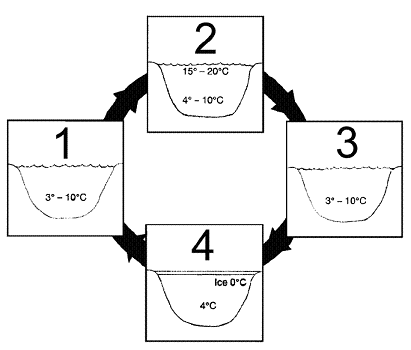Sexual reproduction has many benefits from a genetic standpoint. Can you think of any downside to
sexual reproduction? What will be an ideal response?
The most obvious downside of sexual reproduction is that it requires another member of the same
species. For organisms that are widely dispersed, this could be difficult. Second, it requires that the
other member of the same species be willing to mate. For many organisms, this is a great challenge.
Lastly, it does mean that only half the genes can be passed on. Thus, the imaginary ‘perfect’ member
of the species would see its offspring doomed to imperfection by the input of genes from another. All
this being said, sexual reproduction is clearly a very efficient and effective means of reproduction.
You might also like to view...
Which portion of the photosynthetic apparatus is involved in the oxidation or splitting of water?
A. reaction center B. antenna complex C. P680 chlorophyll D. manganese cluster E. light-harvesting complex
Color pigments produced by __________ are used to dye woolens and litmus
a. club fungi b. mushroom c. algae d. lichens e. puff balls
Which of the lakes in the accompanying figure may experience turnover?

a. 2 and 4
b. 2 and 3
c. 3 and 4
d. 1 and 2
e. 1 and 3
Clostridium botulinum is a strict anaerobe; that is, it is killed by the molecular oxygen (O2) present in air. Humans can die of botulism from eating foods in which C. botulinum is growing
How does this bacterium survive on plants picked for human consumption? Why are home-canned foods, as opposed to store bought cans, most often the source of botulism?